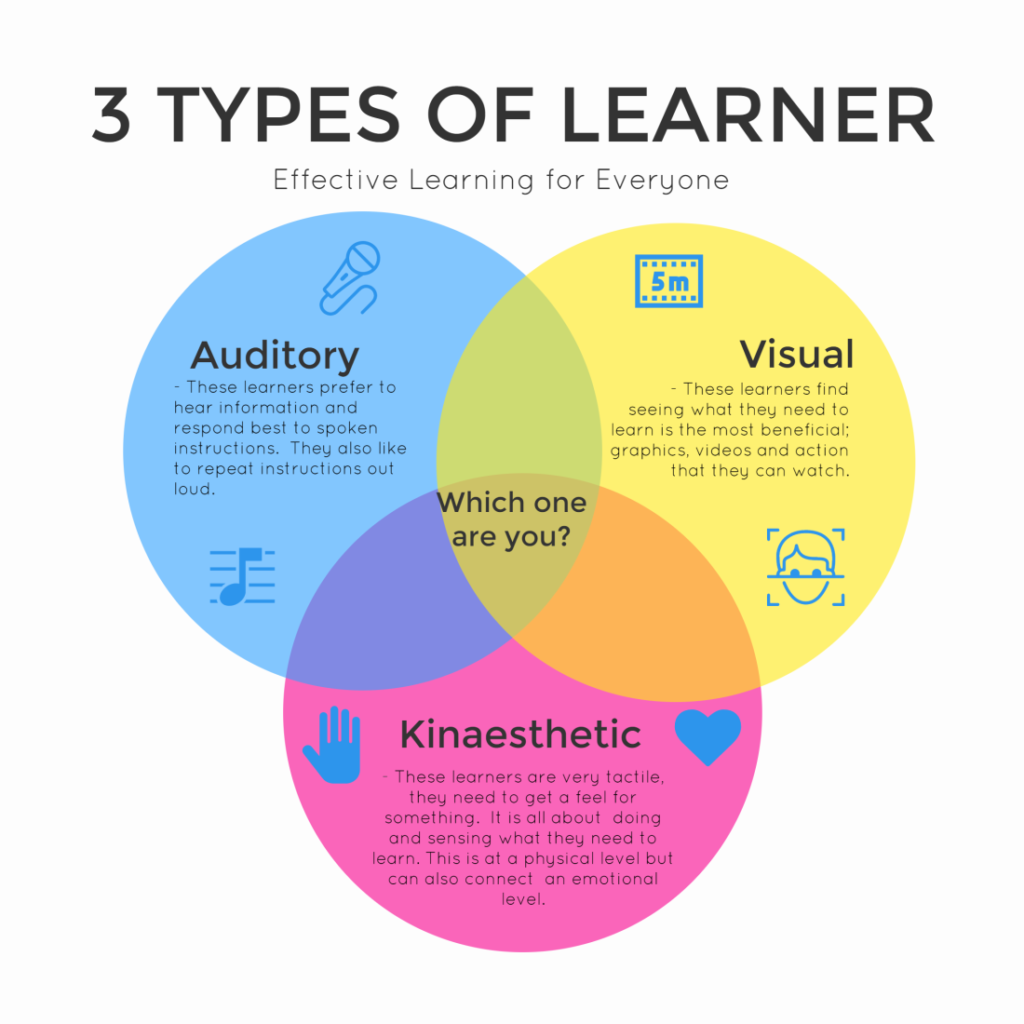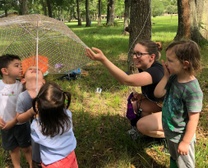
13218307041
Incrediblekids,com
The Choice To Homeschool
As a former private school administer, can tell you that I would consider any alternative to public school right now. I would struggle with the vaccination issues as well as the risk of exposure. But I am most concerned with they way they are headed pertaining to curriculum. I totally understand your concern about public schools.
Links from our Incredible Horizons Homeschool Pages
When deciding to homeschool, you can consider your reasons, your child's learning style, and your ability to create a supportive learning environment.
Reasons
Protect your child: Homeschooling can protect your child from unhealthy environments, bullying, and peer pressure.
Provide flexibility: Homeschooling allows you to choose when and how your child learns.
Provide a hands-on learning experience: Homeschooling can be a good fit for children who prefer hands-on activities or have a kinesthetic learning style.
Learning style
Consider your child's learning style: Homeschooling can be a good fit for children who prefer hands-on activities or have a kinesthetic learning style.
Consider your child's interests: Does your child want to be homeschooled?
Learning environment
Create a designated learning space Homeschooling can be messy, so it's important to have a dedicated space for learning.
Plan for changes Most days won't go as planned, so it's important to be flexible and allow time for changes.
Other considerations
Identify your homeschooling style and philosophy
Set goals based on your reasons
Research what homeschooling involves
Consider your ability to facilitate your child's social life
My favorite curriculums are Waldorf, Hands on, and unit studies. The school that I founded used a multiple intelligence curriculum that I loved designing the curriculum for. My favorite parts of that approach was the recognition that curriculum revisits the same topics several times through out their school years. It is just presented with more details as they get older. It also recognizes that kids with Dyslexia or difficulty reading can learn and excel without a textbook.
Homeschooling has become extremely popular in recent years. Many parents are concerned about the lack of moral training in public schools, worry about school safety, or would like to take responsibility for their child’s education. If you are a parent who is considering homeschooling, there are more resources and support than ever before. This includes help with curriculum, record keeping, legal issues, concerns about educating students with special needs, and much more. Families who see the benefits are wise to seriously consider homeschooling this year and beyond.
Choice of Curriculum
Engaging & Interactive Lessons. Start With A Free Trial.
Get Unlimited Access To Core Subjects + Electives for Grades 3-12 With Monarch Full Access. Discover Monarch Full Access With Over 100+ Courses & Discounts For Multiple Students. Affordable & Flexible. Placement Tests.

You also have, traditional unit based,
I highly recommend
Parent Guide: Using activities that interest them
Tailoring Activities to Children's Interests: A Guide for Parents and Caretakers
Every child is unique, with their own interests, preferences, and ways of learning. As parents and nannies, recognizing and understanding these individual traits is crucial in planning activities that not only engage but also effectively contribute to their development. At The STEM Nanny Company, we believe that the best learning happens when it aligns with a child’s natural curiosity and enthusiasm. Here’s how you can observe and plan activities that resonate with the unique needs and interests of each child you care for.
Why Observing Interests Matters in Child Development?
Children engage more deeply when activities reflect their personal interests. Using these interests as a basis for planning activities enhances the learning experience, making it both enjoyable and impactful. Engaged children pay more attention, ask more questions, and explore more eagerly, creating an ideal state for learning and memory retention.
Identifying a Child’s Interests
To identify what captures a child's attention, observe them during free play. Notice which toys they choose frequently and what topics they discuss. Pay attention to the books they read repeatedly or characters they prefer. These preferences offer clear indicators of their interests. Additionally, having regular conversations with the child, asking open-ended questions like "What do you like about this?" can provide deeper insights into what they enjoy and why.
Planning Activities Around Interests
After pinpointing a child’s interests, tailor your activities to incorporate these themes. For instance, if a child is fascinated by animals, you might organize a trip to the zoo, engage in pretend play about veterinarians, or explore animal habitats through simple science projects. If they show an interest in trains, introduce counting and engineering concepts by building tracks or sorting trains by size and type.
Once you have identified a child’s interests, you can begin to incorporate them into educational activities at home.
Broad Activity Ideas
Explore these fun activity ideas that you can customize based on your child’s interest:
a. Physical Fun: Get active with simple sports or dance activities. Playing tag or following a dance routine can be fun ways to move and help improve coordination.
b. Mind Games: Keep the mind engaged with puzzles and problem-solving games. From classic jigsaw puzzles to more challenging games, these activities are a fun way to practice thinking skills.
c. Creative Projects: Dive into arts and crafts or make music together. These activities are perfect for letting kids use their imagination and express their creativity.
d. Play Together: Enjoy time with group games or sharing stories. These fun activities are great for learning to work together and understanding others.
Adapting to Changing Interests
Children’s interests often change quickly; staying flexible and observant is key. Regularly refresh your activity plans to align with their evolving interests fir continuous engagement and excited about learning.
Benefits of Interest-Led Learning
When learning activities align with a child's interests, it can enhance their self-esteem and motivation. This method demonstrates to children that their ideas and choices are important, which can inspire them to embrace learning as an ongoing journey. Additionally, tailoring educational experiences to their interests can make learning more engaging and impactful.
Engaging Parents and Families

For nannies, particularly STEM Nannies, it's important to share updates and activity plans with parents. This collaboration ensures a consistent and supportive learning environment at home and during care.
Tailoring activities to a child's interests helps nannies and parents provide personalized learning experiences. This approach enhances education and strengthens the caregiver-child relationship, creating a nurturing environment.
Why is your child's learning style important?
Why is your child's learning style important ?
As a parent, you want the best for your children, and this includes their education. Some parents assume that homeschooling requires superhuman patience or a special degree, but it is not as hard as you think to provide your child a quality education. Although homeschooling may not work for everyone, there are academic benefits, plus a whole lot more. I always remind parents to stay just one lesson ahead by reading their child's materials ahead of time.
However, your child's learning style needs to be considered along with your choice for curriculum. It should determine which types of curriculum that you consider. This post isn't to say that the other styles are bad but, I’m hoping that if you are like me, this post helps guide you in the right direction. So let's get started!


In the classroom it is clear that not all students learn in the same way. It is important for both the teacher and the student to be aware of their own learning style as this effects their behavior in class and their response to different activities and material in class.
The three most common learning styles are:
Visual learners like working with visual information when learning English.
Auditory learners like receiving information by listening and responding.
Kinesthetic learners like to include physical activities in the learning process.
Visual Learners:
Prefer seen or observed things such as pictures, diagrams, demonstrations, displays, handouts, films, flip charts etc
Will say ‘show me’ and ‘let me see that’ and complete tasks more effectively if they see a demonstration first or read some instructions.
Work well with lists, written directions and instructions.
Enjoy a grammar lesson taught through a context created by pictures and drawings.
Write better with tasks based on graphs and tables.
Learn better by underlining and highlighting in different colours
Study Tips for Visual Learners
Underline, highlight, or circle printed material
Draw pictures in notes to illustrate ideas
Use a variety of colours-in pens, highlighters, note cards, etc. for different categories or concepts
Write it out
Use outlines, pictures, graphs, charts and diagrams
Make mind maps
Look at your teacher and others when they talk to help you focus and to pick up on body language
Make and use flashcards for studying vocabulary
Study in a quiet place away from verbal disturbances
Make your study area visually appealing
Auditory Learners:
Prefer the transfer of information through listening, either to the spoken word or sounds and noises.
Will say ‘tell me’ or ‘let’s talk it over’ and will complete a task more successfully after listening to instructions.
Are able to handle spoken instructions and directions over the phone
Can remember song lyrics
Enjoy mingling activities and information gap tasks
Respond well to drills when learning new grammar structures and also to teacher’s oral questions
Benefit from spending time in quiet places to recall ideas
Should record summarized notes and listen to them.
Study Tip for Auditory Learners
Study in groups and talk things out
Record the lesson
Reduce lecture notes to main ideas
Listen to audio books while driving
Read questions aloud
Work out problems aloud
Sit in the front of the class
Learn by participating in class discussions
Create mnemonics to aid memorization
Explain ideas to other people
Kinaesthetic Learners:
Prefer physical experience – touching, feeling, holding, doing, hands-on experiences
Will remember the ‘real’ things that happened.
Will say ‘let me try’ and ‘how do you feel?’ and will perform tasks better by going ahead and trying it out, learning as they go
Like to experiment and tend not to look at instructions first
Enjoy moving around the classroom with mingling and Find Someone Who activities
Like running dictations where students have to run to a text and run back to their group to dictate what they can remember.
Learn and recall more by talking it through with another kinaesthetic learner
Study Tips for Kinaesthetic Learners
Get hands on-don’t just watch someone else do it
Draw charts or diagrams of relationships
Skim through reading material to get a rough idea of what it’s about before looking for details
Use finger or bookmark as a guide while reading
Write, copy, underline and highlight with bright colours
Take frequent study breaks
Transfer reduced information to flashcards
Move around to learn new things (i.e. read while walking or on an exercise bike to learn a new concept)
Work in a standing position
Study or brainstorm while walking or working out
Study with a friend or group
Try listening to non-distracting music
It is important to discover your learning styles as it indicates the way we’re “wired” and this can help use to be more successful in our learning.
Tinkergarten Early Enrichment Options
Tinkergarten believes that children of all ages are able to engage with their play-based learning model. They offer outdoor activities that suit a wide range of ages, because we believe that everyone should get the chance to tinker outdoors. No child is too young or too old to do a Tinkergarten outdoor activity.
A child’s most critical development happens in their first two years. Their outdoor activities are meant to help the x months old, 1 year old, and 2 year old kids start exploring their surroundings and getting more acquainted with their sensory experiences. Tinkergarten loves having them use their hands and feet to touch and feel new sensations. Their play-based learning model means that our activities are both developmentally stimulating and just plain fun!
Thier website is easy to use- you can sort activities by age and what setting you are using. Making it a matter of minutes to print your activity and get right back to the kids. It also makes it easy to develop shared learning experiences that your early learner will love as they learn to follow directions
Blogs By Tinkergarten


While finding ways to create enriching outdoor moments is essential, it isn’t always easy. Getting outside might be a simple first step, but for a lot of us, knowing what to do next—and how to make it count— just doesn’t come naturally.
We’ve been there. That’s why they started Tinkergarten.
Tinkergarten helps families get outside to make the most of their kids’ early learning years. Designed by education experts and loved by all families, our play-based outdoor curriculum guides parents in raising healthy, confident, and capable kids. Tinkergarten makes purposeful outdoor play doable for every family.
Tinkergarten
& Highlights Available 24/7
Your guide to purposeful outdoor play. Try a free DIY activity or get parenting insights on their blog. At Tinkergarten, they provide classes and curriculum to make purposeful, outdoor play doable for teachers and families. Try some DIY versions of our outdoor activities with your child, and join their community to get the full learning experience!
Age
Age 0 to 2 (235)
Age 3 to 5 (233)
Age 6 to 8 (221)
Age 8+(204)
Setting
Beach (33)
Mountains (33)
Night (11)
Park (84)
Water (8)
Woods (60)
Yard (84)











My YMCA Curriculum Featured on How Stuff Works
My YMCA Curriculum Featured on How Stuff Works:
10 Earth Day Activities to Celebrate Our Planet - HowStuffWorks
Animal Activities
Related Links from Activities for Family Site
This is a FAQ description. Add more detail about this service, such as benefits, appearance, components and value
Links from our Incredible Horizons Site
Homeschooling is an exciting adventure for both the parent and the child. Deciding on a curriculum can be overwhelming as there are so many choices out there. You have, traditional unit based,
A